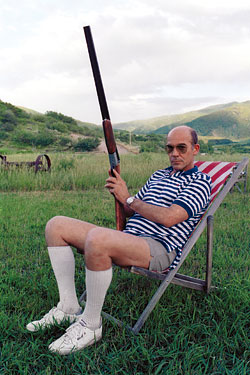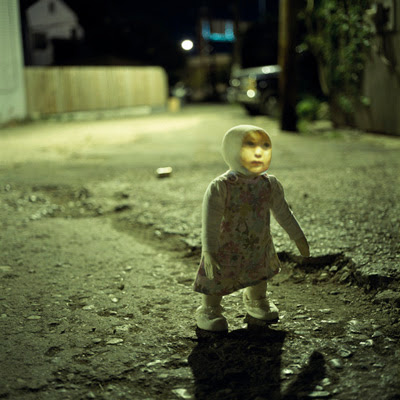I received a phone call from Gafni today, asking for the opportunity to speak with me about the allegations so that I might willingly pull that post, in which I labeled him an abusive guru, and feel that I have done so with integrity.
I am more than willing to grant his request. However, I asked to do it via email so that there is a written record of the conversation (I lack the know-how or the tools to do it via phone even I wanted to). I am awaiting his reply.
Since receiving the phone call, I have read the recent material in his defense -- Trial by Internet -- posted at The Catalyst. I have also read the newest public statement at his blog. Let's just say that I remain skeptical.
However, I was talking with my closest friend about this situation. What I have realized is that based on some things that happened to my sister when she was young, and to some friends in college, I ALWAYS side with the victim in sexual misconduct/abuse cases. I have little sympathy for the accused, and barring obvious evidence to the contrary, am often all too ready to condemn.
In this case, Gafni confessed at the time. Adding credence to the confession was Ken Wilber's statement at the time (which I believe has been pulled from Wilber's blog). Gafni now says he confessed while in a state of shock:
Sounds reasonable, but this also comes two years after the fact. After fleeing Israel and keeping a very low profile.My initial response emerged from a place of radical shock, confusion, trauma, and fear. All products of the mind’s illusion, yet painfully real at the time.
Though at the time I was not thinking clearly about this, in retrospect I realize that the decision to write the letter was driven by several factors.
I felt that as “Captain of the Ship” I needed to take responsibility for any sickness that appeared in a system that I had created. I also recognized that my bohemian personal life had made me vulnerable to attack. Though I had sincerely believed that I had a right to a private life, it seemed clear that the unconventional nature of my personal relationships could not be held ’safely’ even in the alternative spiritual culture of the movement I headed, and that they had put my work at risk.
I also found the notion of engaging in a sensationalist conflict in the public realm so abhorrent and defiling to my spirit, and the experience of personal betrayal so painful and devastating, that I preferred to fall on my own sword. I believed that writing the letter would, in some measure, end the attacks, and give me time to heal and think things through.
Finally, I had simply been blind-sided by the speed and incomprehensibility of these events.
I want to give this man a chance to defend himself, but my bullshit detector is going off.
Anyway, so yes, I assumed him guilty as charged based on the confession and other information at the time.
However, I am a pretty damned flawed human being -- what right do I have to pass judgment? And by repeating those allegations here I am indeed passing judgment. Gafni (in his phone message) said that my post was coming up second on Google searches for his name, ahead of his own blog, and that this was causing him and his family considerable hardship and grief.
Part of me wants to say, "Damn right asshole."
But where is the compassion in that? As a Buddhist, I sometimes think, WWBD? (What Would Buddha Do?) For that matter what would Jesus do? Neither man would condemn another person, but neither man would tolerate self-deception nor passing off sexual abuse as the "unconventional nature of my personal relationships," or a "bohemian personal life."
I currently don't know what the truth is. If Gafni agrees to an on-the-record exchange with me, and in doing so I will be as fair as humanly possible, then I will report it here.









 3. Give someone a compliment – Brightening someone else’s day also brightens your own.
3. Give someone a compliment – Brightening someone else’s day also brightens your own.


 Dark chocolate has been enjoying an improved image lately, with all the good press regarding its health benefits.
Dark chocolate has been enjoying an improved image lately, with all the good press regarding its health benefits.



